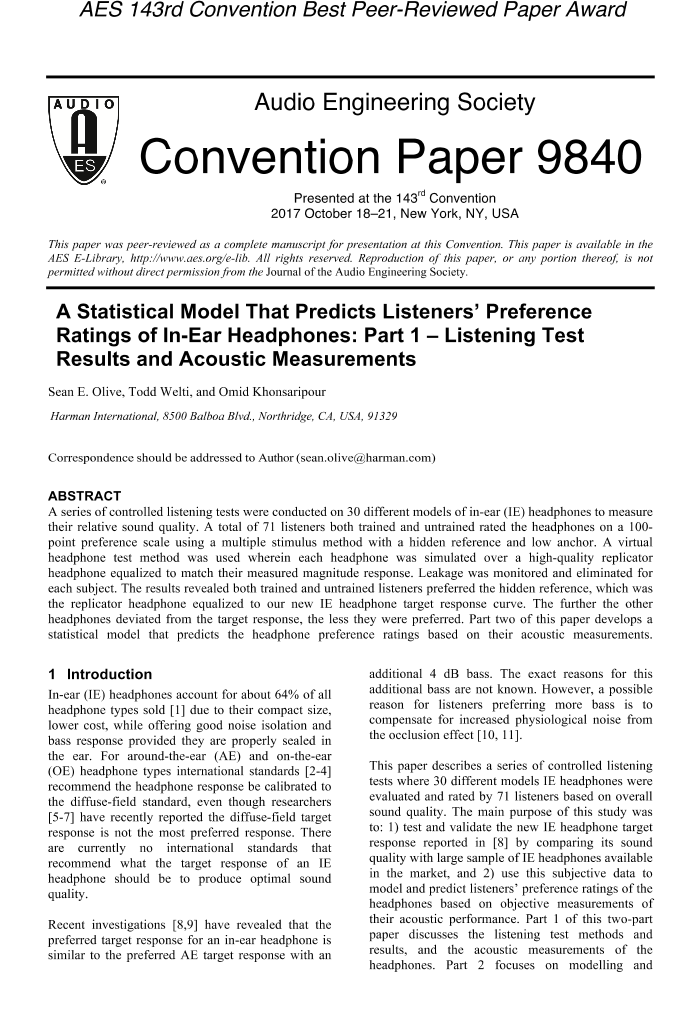DanielT
Major Contributor
Hm, then a reasonable USB C dongle may be needed, which has decent power, gain. I intend to use my TRUTHEAR x Crinacle Zero together with my mobile phone.At the moment I don't have any good, or ok,sensible USB C dongle.They need a lot of power to get them going out from my mojo2, I’m on - 22db (green on mojo2) and could go higher without much trouble, my timeless usually hovers around -42db and vulkan around -36db so they’re quite power hungry. Staging/width is on par to the few iem’s that I’ve listened to so far and I haven’t experimented with EQ yet.
Damn, now I'm going to have to buy more. I didn't think about that. After all, I had introduced a purchase freeze for more HiFi this year. Never mind, there may be another exception.
Another tip I took note of. Do not buy any USB C dongle within the EU, because such a dongle CAN unfortunately then have an amplification, gain brake built-in. Some strange EU rule I read about. So importing from China or some other country outside the EU.
(I know it sounds unbelievable, but it wouldn't surprise me if the bureaucrats within the EU came up with something like that)
Edit:
Maybe this one?
"230mW@32Ω, 54mW@300Ω."

I think I found the perfect USB C headphone dongle...
The Moondrop Dawn - https://shenzhenaudio.com/products/moondrop-dawn-3-5mm-dual-cs43131-chip-portable-usb-dac-amp-pcm-768khz-dsd256-type-c-headphone-amplifier-1 These specifications sound amazing! ...better than my Activo CT10 DAC. The CT10 DAP also has 2v output. I know the specs are...
 audiosciencereview.com
audiosciencereview.com
Last edited:




